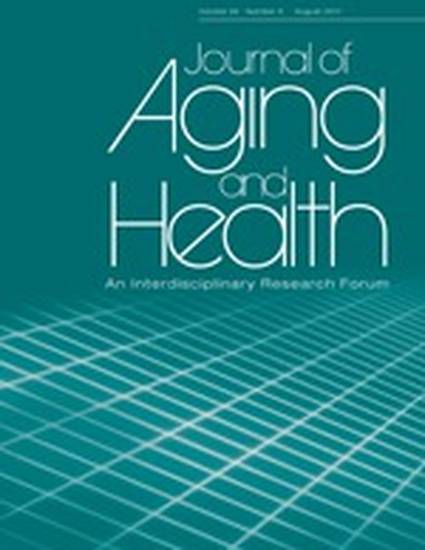
OBJECTIVES: To determine the role of age on service utilization among persons with HIV/AIDS: METHODS: The study examined 571 individuals diagnosed with symptomatic HIV or AIDS ranging in age from 30 to 81 years. All individuals had been enrolled in case management services from July 1995 through June 1996. It was hypothesized that older persons would utilize higher rates of health and medical services and lower rates of psychosocial services. RESULTS: The study found that in the older age groups the proportion of women, those living alone, and those having private health insurance increased. Mortality also increased in the older age groups, whereas survival time from AIDS diagnosis to death decreased. Age did not emerge as a significant variable in a multiple regression of service utilization. Functional dependence and mortality were significant predictors of medical services, whereas geographical location and insurance coverage explained the majority of variance in home care services.
Available at: http://works.bepress.com/charles_emlet/13/
